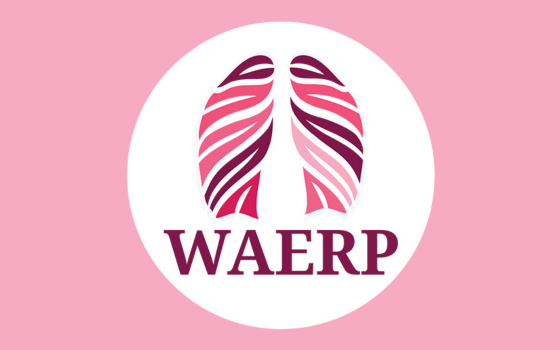Search
Showing results for "early lung health"
Research
Pediatric airway managementChildren are at risk of severe hypoxemia in the perioperative period owing to their unique anatomy and physiology. Safe and effective airway management strategies are therefore key to the practice of pediatric anesthesia. The goal of this review is to highlight recent publications (2019-2021) aimed to advance pediatric airway safety and to highlight a proposed simple, pediatric-specific, universal framework to guide clinical practice.
Research
The role of fit testing N95/FFP2/FFP3 masks: a narrative reviewFor healthcare workers performing aerosol-generating procedures during the COVID-19 pandemic, well fitted filtering facepiece respirators, for example, N95/FFP2 or N99/FFP3 masks, are recommended as part of personal protective equipment. In this review, we evaluate the role of fit checking and fit testing of respirators, in addition to airborne protection provided by respirators. Filtering facepiece respirators are made of material with sufficient high filter capacity to protect against airborne respiratory viruses.
Research
Awake Supraglottic Airway Placement in Pediatric Patients for Airway Obstruction or Difficult Intubation: Insights From an International Airway Registry (PeDI)Small case series have described awake supraglottic airway placement in infants with significant airway obstruction and difficult intubations. We conducted this study to determine outcomes when supraglottic airways were placed in awake children enrolled in the international Pediatric Difficult Intubation Registry including success of ventilation, success of tracheal intubation, and complications.
Research
Airway management in the paediatric difficult intubation registry: a propensity score matched analysis of outcomes over timeThe Paediatric Difficult Intubation Collaborative identified multiple attempts and persistence with direct laryngoscopy as risk factors for complications in children with difficult tracheal intubations and subsequently engaged in initiatives to reduce repeated attempts and persistence with direct laryngoscopy in children. We hypothesised these efforts would lead to fewer attempts, fewer direct laryngoscopy attempts and decrease complications.

News & Events
Pitch perfect projects powered by philanthropyEarlier this week ten emerging researchers took to the stage to pitch their projects to a room full of excited and engaged philanthropists who share our vision of happy, healthy kids.
Research
Prenatal Exposure to General Anesthesia and Childhood Behavioral DeficitExposure to surgery and anesthesia in early childhood has been found to be associated with an increased risk of behavioral deficits. While the US Food and Drug Administration (FDA) has warned against prenatal exposure to anesthetic drugs, little clinical evidence exists to support this recommendation.
Research
An observational study of hypoactive delirium in the post-anesthesia recovery unit of a pediatric hospitalHypoactive delirium is present when an awake child is unaware of his or her surroundings, is unable to focus attention, and appears quiet and withdrawn. This condition has been well-described in the intensive care setting but has not been extensively studied in the immediate post-anesthetic period. The aim was to determine if hypoactive emergence delirium occurs in the recovery unit of a pediatric hospital, and if so, what proportion of emergence delirium is hypoactive in nature.
Research
Rebooting the anal sphincter: A retrospective cohort of children with intractable constipation receiving intrasphincteric botox injectionsChronic childhood constipation is a common problem that severely impacts quality of life. Recently, the efficacy of intrasphincteric botulinum toxin (botox) injection in breaking the cycle of constipation has been demonstrated. The current study aims to investigate response rate to treatment, symptom and examination finding associations, and identify associations between patient characteristics and outcome.

The Western Australian Epithelial Research Program (WAERP) biobank is undertaking a number of research projects intended to improve the understanding and preclinical assessment of therapeutics for respiratory conditions.
Research
Comparing videolaryngoscopy and flexible bronchoscopy to rescue failed direct laryngoscopy in children: a propensity score matched analysis of the Pediatric Difficult Intubation RegistryFlexible bronchoscopy is the gold standard for difficult airway management. Clinicians are using videolaryngoscopy increasingly because it is perceived to be easier to use with high success rates. We conducted this study to compare the success rates of the two techniques when used after failed direct laryngoscopy in children with difficult tracheal intubations.
